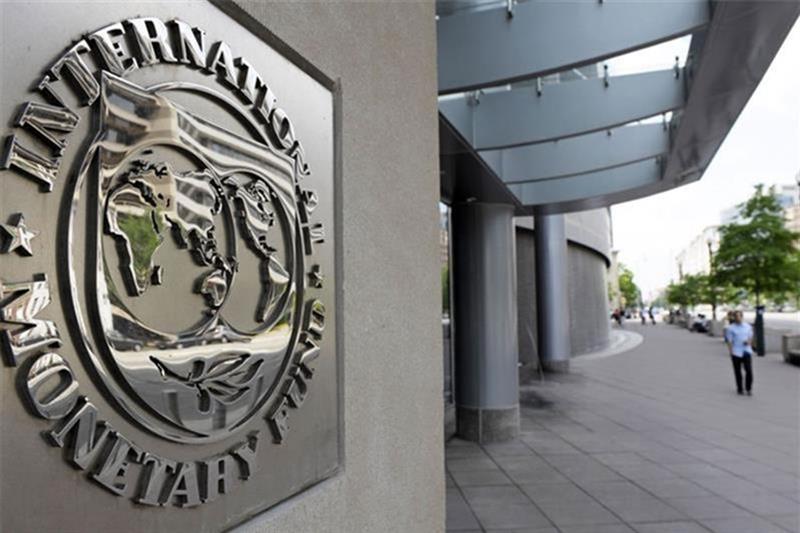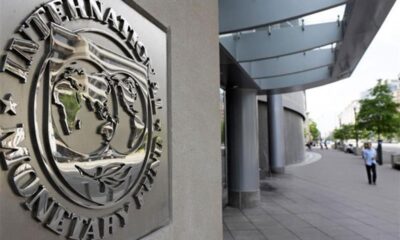Workers in the private sector in Kenya are on the verge of losing their jobs following an acute shortage of the dollar which could trigger manufacturing firms to shut down or suspend operations as they try to navigate cash flow problems.
The fears were raised barely a week after the Kenya Association of Manufacturers (KAM) warned that most of its members are facing challenges accessing the dollar.
According to the KAM, firms like Pwani Oil, the manufacturer behind the Salit Oil, Mpishi Poa, and Fresh Fry cooking oil products, has announced a temporary halt of its operations, citing dollar shortage which has hindered it from sourcing key commodities.
KAM Chairperson Mucai Kunyiha on May 30, had said manufacturers have been forced to plan for foreign currency payments by purchasing foreign currency in advance resulting in an increase in working capital.
A foremost Kenyan economist, Ken Gichinfa who spoke on a radio programme on Wednesday, said with sufficient dollars in reserves, the shortage is being occasioned by pent-up demand for the dollars which has led to the depreciation of the Kenyan shilling.
“The worst-case scenario is that many firms will shut down resulting in job losses escalating due to manufacturers struggling to meet their obligations.
“If the situation remains unresolved, the business community involved with importation, like manufacturers and car dealers, will be largely affected and might lead to further closure and job losses,” Gichinga said.
But in response to the fears, the Kenyan Central Bank (CBK) accused the manufacturers of causing the scarcity of the dollars.
“The manufacturers should understand that they are small in that sense and sort of go to the market like everyone else. There are no favorites in the market. Follow the rules of the market and everything will be okay,” the CBK head, Patrick Ngugi Njoroge had previously remarked.
Kenya is already battling rising inflation which has heightened the cost of living with fuel and food prices rising.
The costs of producing goods and services remained at an 8-year high driven by rising fuel prices, higher taxes, and input shortages which forced many firms to scale back on output and employment levels.

 Sports2 days ago
Sports2 days ago
 Metro2 days ago
Metro2 days ago
 Metro1 day ago
Metro1 day ago
 Culture2 days ago
Culture2 days ago



































